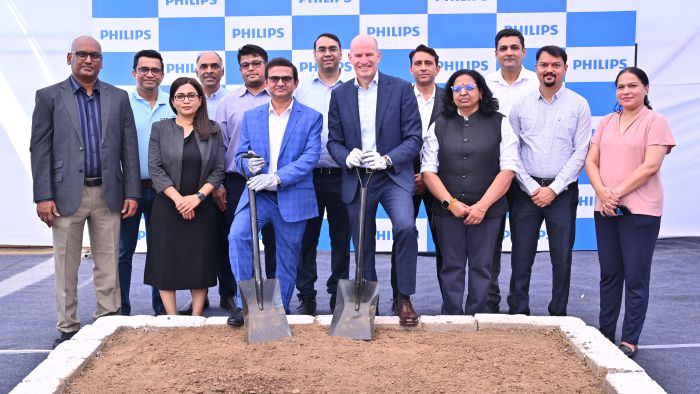Increasing women’s access to digital technologies can accelerate gender equality
Apr 14, 2023 - Reading time 4-6 minutes
“The best thermometer to the progress of a nation is its treatment of its women,” Swami Vivekananda is known to have said. Today, adoption of digital technologies can be regarded as the thermometer that Swami Vivekananda mentioned. Digital holds promise in transforming women’s lives and as a result their status within the society. It offers them the much-required flexibility to earn an income as well as look after their families while bolstering overall economic growth in the process. More importantly, digital can arm decision makers with appropriate solutions to empower and equip women, including prioritizing women’s health which is markedly the cornerstone of economies and societies.
History points out how the medical system has been biased towards the patriarchal investigations into the human body. Reportedly, data and results have stemmed from male-only tests and trials. To many, it might come as a surprise that including female participants in clinical studies only started in the late 1980s and was only made mandatory in the US in 1993, as per the National Institutes of Health guidelines. Even today, the scales remain out of balance. According to the Harvard Health, 70% of those affected by chronic pain conditions are women, while a chunk of 80% of pain research is conducted on males. Obviously, there appears to be a looming gap in the understanding of what we know about the female body. No doubt that the gender bias in medicine puts women at risk.
Women and access to healthcare- the status and way forward from there
The World Health Assembly, the decision-making body of the WHO, agreed in May 2018 on a digital health resolution to prioritize the development, implementation, and greater utilization of “digital technologies as a means of promoting equitable, affordable and universal access to health for all.” The digital transformation of healthcare, approached inclusively to prevent a growing digital divide, can help accelerate universal health coverage. Digital connectivity and technological innovation along the health continuum are key to expanding access to care and achieving universal health coverage.
Numerous studies have shown positive correlation between life expectancy and economic growth and development. India is forecast to be the third largest economy in the world by 2030, behind only United States (US) and China, with a growth of 6.8% predicted this year. We have the largest number of working-age people anywhere in the world – a concentration of young people, who if gainfully employed, can help fuel India’s growth for decades to come. However, there lies a challenge – the proportion of women in India’s workforce is still very low. Women constitute 49% of our population, yet make up less than one third of the workforce in India. To sustain progress of the nation and individuals, it is imperative to embrace a truly inclusive and equitable model of development.
Digitalization becoming an equalizer in bridging this gap for women
I foresee digital technologies as a huge enabler and equalizer for gender equality and empowerment. Digital technologies provide opportunities for greater access to information, education and skills and open possibilities for increased employment and business opportunities. In a nutshell, access to digital technologies can be a leveller. Closing my thoughts Yet another example of women empowerment through digital is the ‘Arogya Sakhi’ programme run by NGO Swayam Shikshan Prayog. It uses a mobile application that empowers women in becoming health entrepreneurs by helping them deliver antenatal and infancy care. We can also look at the increase in ridesharing apps catering ‘for women by women’. In short, digital can challenge traditional socio-cultural norms and intrahousehold bargaining power imbalances that have been largely suppressing women’s participation in the economy.
Please click on the link to access the article: DQ India








